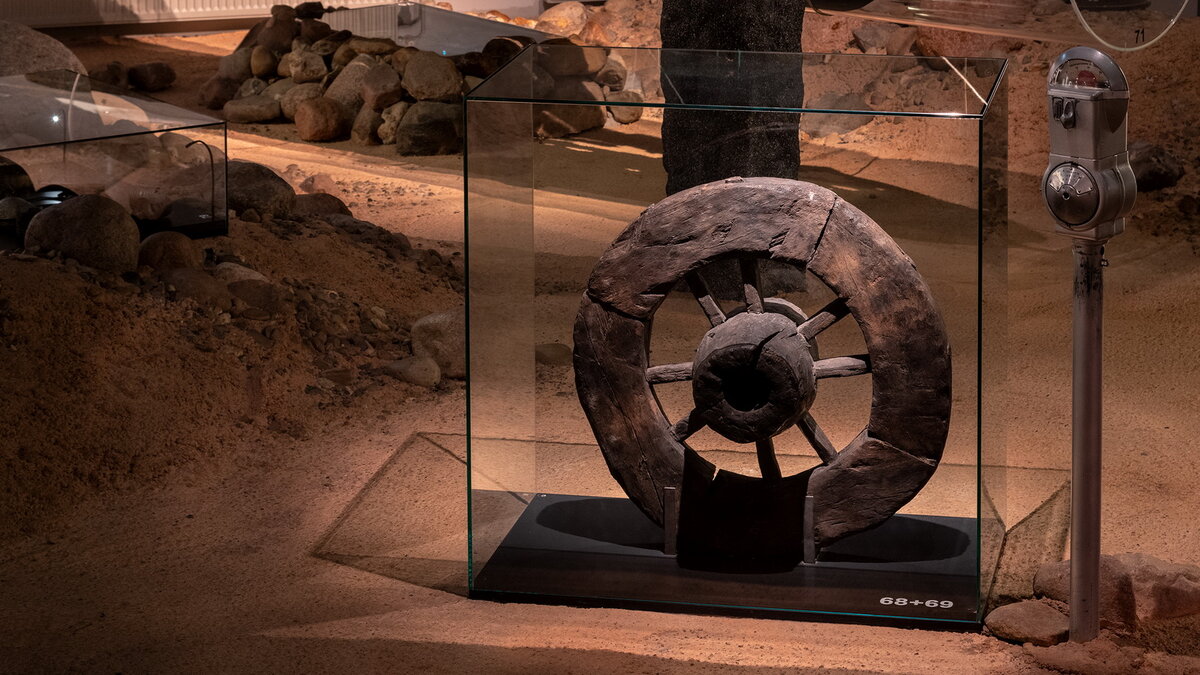Mobility

Mobility has always been a driving force for cultural development. From the beginning, people not only carried their products with them on their migrations, but also their thoughts, and ideas. Foreign people also left their traces through immigration or marriage.
In the beginning, people also moved over long distances exclusively on foot. Later, boats were the first means of transport. The world's oldest known traces of wagons come from northern Germany and are over 5,000 years old; so the wheel may have been invented here.
At first, there were no fixed roads or bridges. Accordingly, difficult road conditions determined the transport of people and goods for a long time. Country lanes and rivers connected people with each other. Gradually, the roads, which were previously hardly recognisable as such, were paved so that they could be used at any time of the year. Plank roads were built for the safe crossing of extensive moorland areas - they represent the earliest bridges.

















